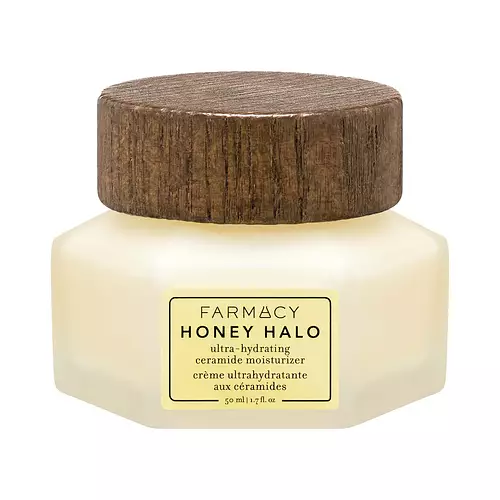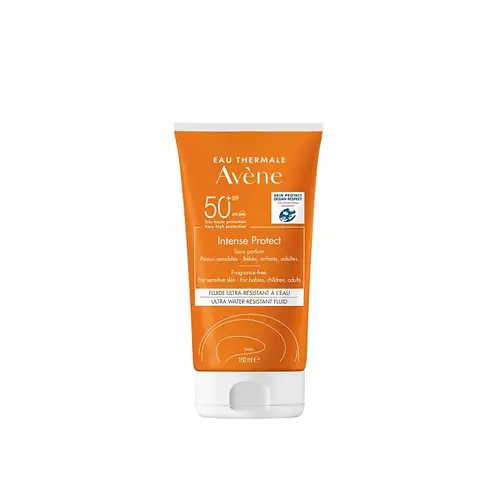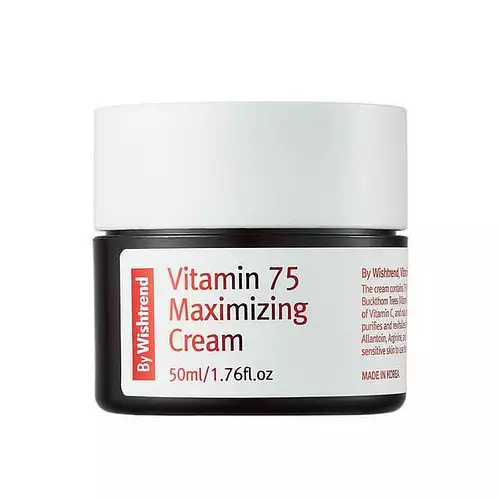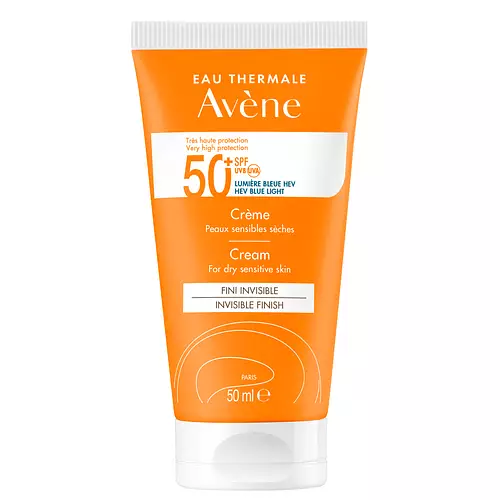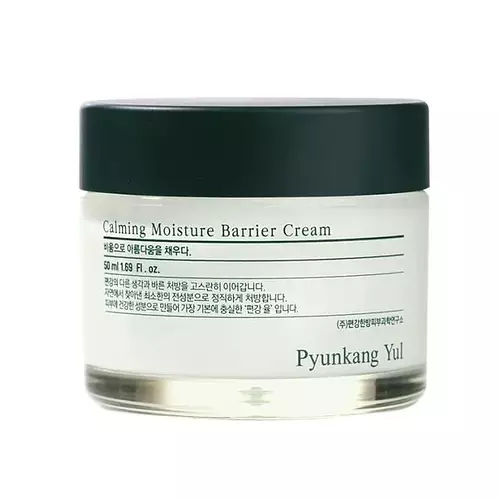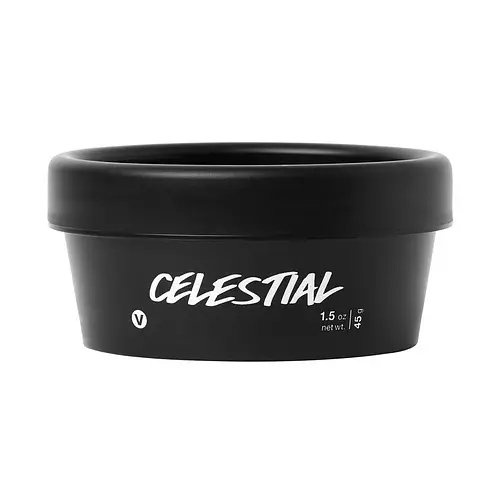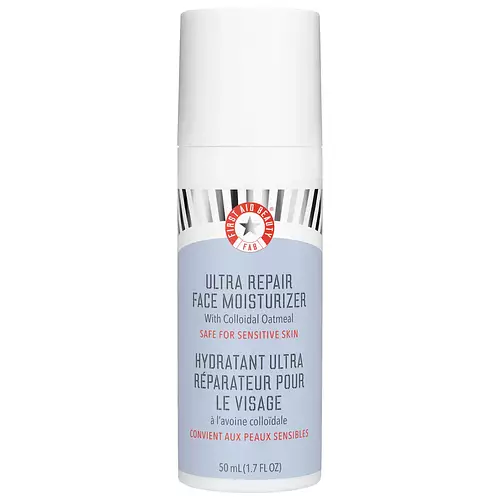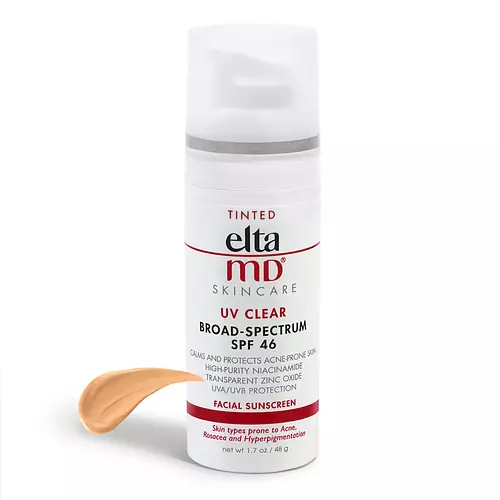Updated on July 18, 2023
Overview
What they are
These products are both reef safe . They have a total of 5 ingredients in common
Cool Features
They both contain Vitamin E
Suited For
They're both likely to be good for anti aging, dry skin, brightening skin and scar healing
Free From
They both do not contain any harsh alcohols, common allergens, fragrances, parabens, silicones or sulfates
We independently verify ingredients, and our claims are backed by peer-reviewed research. Spot a product that needs an update? Let us know.
Ingredient Info
Farmacy Honey Halo Ultra-Hydrating Ceramide Moisturizer 41 ingredients
Avène Intense Protect SPF50+ 27 ingredients
At a glance
Click on any of the items below to learn more
Farmacy Honey Halo Ultra-Hydrating Ceramide Moisturizer 41 ingredients
Avène Intense Protect SPF50+ 27 ingredients
Notable Ingredients
This product contains 1 ingredient that may have this attribute:
This product contains 1 ingredient that may have this attribute:
Benefits
This product contains 5 ingredients that may have this attribute:
This product contains 2 ingredients that may have this attribute:
This product contains 4 ingredients that may have this attribute:
This product contains 2 ingredients that may have this attribute:
This product contains 1 ingredient that may have this attribute:
This product contains 1 ingredient that may have this attribute:
This product contains 2 ingredients that may have this attribute:
Concerns
This product contains 2 ingredients that may have this attribute:
This product contains 1 ingredient that may have this attribute:
This product contains 1 ingredient that may have this attribute:
Notable Ingredients
This product contains 3 ingredients that may have this attribute:
This product contains 1 ingredient that may have this attribute:
Benefits
This product contains 2 ingredients that may have this attribute:
This product contains 1 ingredient that may have this attribute:
This product contains 1 ingredient that may have this attribute:
This product contains 2 ingredients that may have this attribute:
Concerns
This product contains 1 ingredient that may have this attribute:
This product contains 1 ingredient that may have this attribute:
Ingredients Side-by-side
Ingredients Explained
These ingredients are found in both products.
Ingredients higher up in an ingredient list are typically present in a larger amount.
Water. It's the most common cosmetic ingredient of all. You'll usually see it at the top of ingredient lists, meaning that it makes up the largest part of the product.
So why is it so popular? Water most often acts as a solvent - this means that it helps dissolve other ingredients into the formulation.
You'll also recognize water as that liquid we all need to stay alive. If you see this, drink a glass of water. Stay hydrated!
Learn more about WaterGlycerin is already naturally found in your skin. It helps moisturize and protect your skin.
A study from 2016 found glycerin to be more effective as a humectant than AHAs and hyaluronic acid.
As a humectant, it helps the skin stay hydrated by pulling moisture to your skin. The low molecular weight of glycerin allows it to pull moisture into the deeper layers of your skin.
Hydrated skin improves your skin barrier; Your skin barrier helps protect against irritants and bacteria.
Glycerin has also been found to have antimicrobial and antiviral properties. Due to these properties, glycerin is often used in wound and burn treatments.
In cosmetics, glycerin is usually derived from plants such as soybean or palm. However, it can also be sourced from animals, such as tallow or animal fat.
This ingredient is organic, colorless, odorless, and non-toxic.
Glycerin is the name for this ingredient in American English. British English uses Glycerol/Glycerine.
Learn more about GlycerinTocopherol (also known as Vitamin E) is a common antioxidant used to help protect the skin from free-radicals and strengthen the skin barrier. It's also fat soluble - this means our skin is great at absorbing it.
Vitamin E also helps keep your natural skin lipids healthy. Your lipid skin barrier naturally consists of lipids, ceramides, and fatty acids. Vitamin E offers extra protection for your skin’s lipid barrier, keeping your skin healthy and nourished.
Another benefit is a bit of UV protection. Vitamin E helps reduce the damage caused by UVB rays. (It should not replace your sunscreen). Combining it with Vitamin C can decrease sunburned cells and hyperpigmentation after UV exposure.
You might have noticed Vitamin E + C often paired together. This is because it is great at stabilizing Vitamin C. Using the two together helps increase the effectiveness of both ingredients.
There are often claims that Vitamin E can reduce/prevent scarring, but these claims haven't been confirmed by scientific research.
Learn more about TocopherolXanthan gum is used as a stabilizer and thickener within cosmetic products. It helps give products a sticky, thick feeling - preventing them from being too runny.
On the technical side of things, xanthan gum is a polysaccharide - a combination consisting of multiple sugar molecules bonded together.
Xanthan gum is a pretty common and great ingredient. It is a natural, non-toxic, non-irritating ingredient that is also commonly used in food products.
Learn more about Xanthan GumSorbitan Isostearate is an emulsifer and cleaning agent. It is created from isostearic acid and sorbitol.
As an emulsifier, Sorbitan Isostearate prevents oils and water from separating.
Due to its isostearic acid base, it may not be safe for Malassezia or fungal acne.
Learn more about Sorbitan IsostearateIngredient Ratings
Here's what our community thinks of the ingredients in these two products.
When to use
Farmacy Honey Halo Ultra-Hydrating Ceramide Moisturizer 41 ingredients
Avène Intense Protect SPF50+ 27 ingredients

Reviews
Here's what our community thinks
Farmacy Honey Halo Ultra-Hydrating Ceramide Moisturizer 41 ingredients
Clover
I love this cream, but the price hurts my soul (and wallet).
I personally don’t like to spend more than $30 on a single product, so I suggest...
I love this cream, but the price hurts my soul (and wallet).
I personally don’t like to spend more than $30 on a single product, so I suggest waiting for a sale or buying a smaller size (this product is offered in 4 sizes, with the 1.7 Fl Oz jar being the default at $48). This moisturizer just works so well for my dry skin. It’s not too heavy and it absorbs quickly, but my skin is still left feeling very moisturized and soft. I’ve even seen that it helps to calm my redness. There’s a slight sweet and honey-esque smell to this cream, but it doesn’t linger and disappears after application so it’s not overpowering, but if you are sensitive to fragrance just keep in mind that this product contains “aroma”, which is just another word for fragrance. I think a lot of people would enjoy this product, so if you are on the hunt for a good moisturizer I recommend checking this one out, but like I said before, I think waiting for a sale is the best time to pick this one up because it is a bit pricy in my opinion.
sarahabma
Best moisturizer I've ever used, sadly
This moisturizer breaks the bank for me so I can't go on buying it... but oh my goodness it's the best cream...
Best moisturizer I've ever used, sadly
This moisturizer breaks the bank for me so I can't go on buying it... but oh my goodness it's the best cream I've ever used by far. It makes the skin glowy, LOCKS IN moisture and is wonderful for dry or combo skin (I used this primarily in the winter with combo/oily skin). I really expected this to break me out when I first tried it because it was so thick and I have very touchy skin, but it did nothing but wonders.
